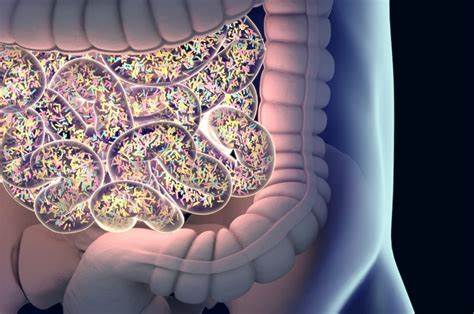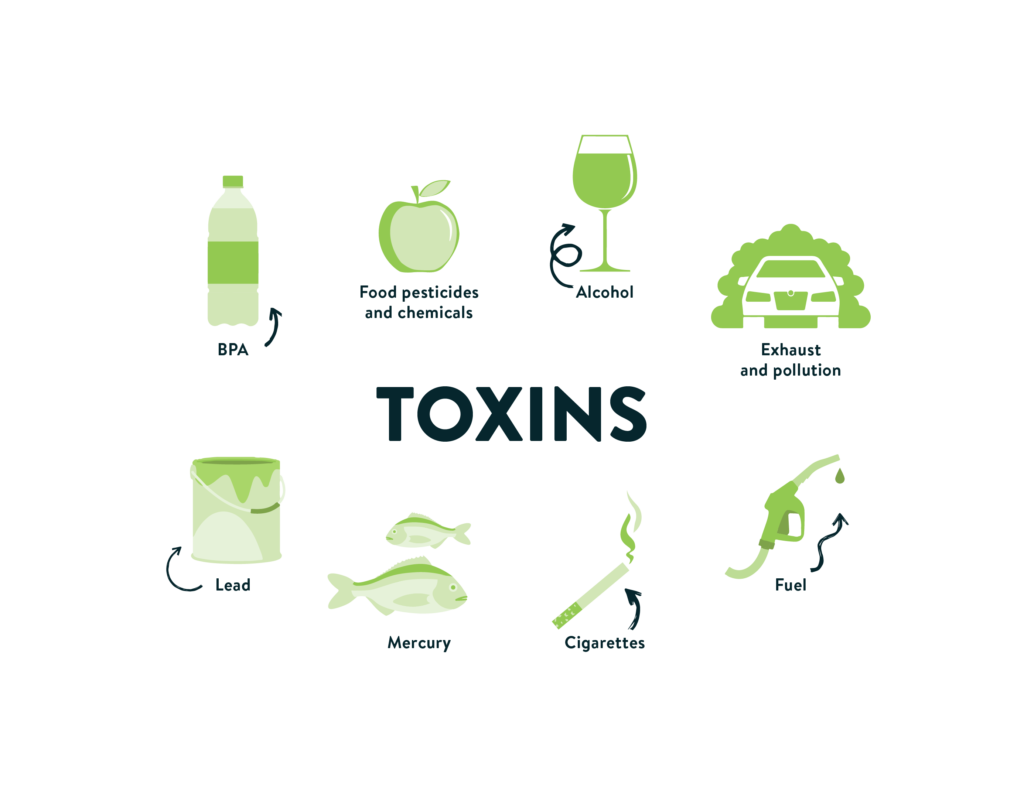Sara Yadlowsky, FMHC

Many of us have too much glucose (blood sugar) in our system and are not aware of it. Glucose enters our bloodstream mainly through the sweet or starchy foods we eat. The conventional medicine community has taught for many years that unless you are diabetic or pre-diabetic your blood sugar levels are not important. However, more recent, cutting-edge science and the increased use of continuous glucose monitors (CGM’s) have proven that everyone needs to pay more attention to glucose levels. A CGM is a small device that attaches to the back of your arm and monitors blood glucose on a continuous basis. You can obtain a CGM through a prescription or purchase one online through websites such as Signos, Veri and Nutrisense. I wore a CGM for several weeks recently and found it very informative in understanding how my food choices affect my blood sugar levels. For example, I realized how breaking my fast with a low carb meal was very helpful in avoiding the spike that can occur after fasting for 16 hours.
Symptoms of uncontrolled glucose can include fatigue, food cravings and brain fog. Long term effects of uncontrolled glucose can include hormonal dysfunction, acne, wrinkles and infertility. Over time the development of type 2 diabetes, cancer, dementia, PCOS and heart disease can occur.
There are several easy modifications you can make to your diet that flatten the glucose curve that occurs after eating. These modifications include:
- Eating fiber first. Have your vegetables before your protein and/or starch.
- Ingesting apple cider vinegar before eating carbs
- Avoiding sugar on an empty stomach. Have it after a meal instead.
- Getting some type of movement in after eating a meal high in carbs. A walk or even just some air squats will do.
There is a new book out about blood glucose called The Glucose Revolution written by Jessie Inchauspe. The author goes into depth about the huge impact glucose has on our health. She then presents several ways to control our blood sugar more effectively. The book also includes tips on how to handle cravings, better choices in alcohol and how to read ingredient labels.
Jessie Inchauspe has an Instagram account (glucosegoddess) that continues the education on controlling glucose and gives lots of actional advice. This may help provide you with some motivation to jump start a healthier lifestyle in 2023. Our health coaches and physicians at Carolina Total Wellness are also always available to provide you with personalized advice on improved blood sugar control.
In health,
Sara Yadlowsky, FMHC





























